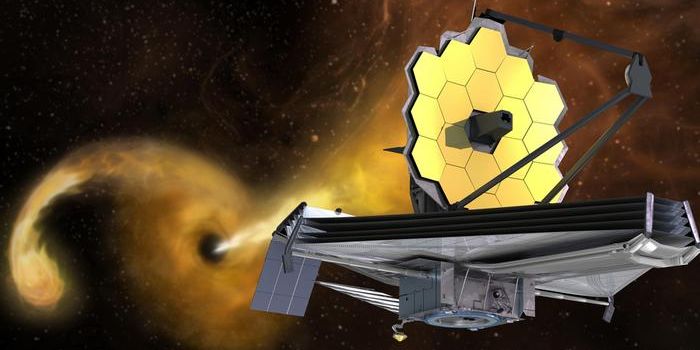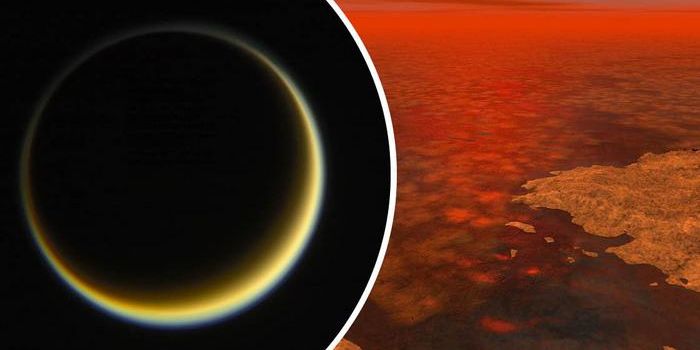Astronomers Detect X-rays from Uranus for First Time
Until now, astronomers had detected X-rays from every planet in our solar system apart from the two Ice Giants: Uranus and Neptune. Now though, for the first time ever, they have managed to observe X-rays on Uranus too.
To make the findings, the astronomers analyzed observations of Uranus taken from the Chandra X-ray Observatory in 2002 and 2017. From the observations taken from 2017, they were clearly able to identify X-rays. Meanwhile, from that in 2002, they saw signs of a flare of X-rays.
How exactly Uranus is producing X-rays is still up for debate, and as such, different explanations exist. One supposes that the planet's X-rays may come from the Sun. Both Jupiter and Saturn, for example, are known to scatter X-ray light from the Sun in a similar way to how the Earth's atmosphere scatters the Sun's light. Astronomers thus say that a similar process may happen on Uranus. However, even if this would be the case, it would not necessarily account for all of the planet's X-rays.
To this end, another theory suggests that Uranus produces the X-rays itself. Just as Saturn's rings have been shown to produce X-rays, the researchers say that the two sets of rings around the equator of Uranus may also produce X-rays. Should charged particles suspended in space surrounding Uranus collide with the rings, the researchers say they could cause the rings to glow in X-rays.
Meanwhile, another theory suggests that at least some of the X-rays may originate from Uranus's auroras. This comes as auroras on Earth, displayed in phenomena like the Northern and Southern lights, are known to produce X-rays. The same is true for auroras found on Jupiter. However, while the processes behind auroras on both Earth and Jupiter are known, how exactly they occur on Uranus is still unknown.
This comes as, unlike other planets in our Solar System, the rotation axis of Uranus is almost parallel to its orbit of the Sun. Moreover, the magnetic field of Uranus is tilted by a different amount to its axis and is offset from the planet's center. These variables mean that the planet's auroras may be more complex and variable than those on other planets.
Once more is known about the reasons behind how Uranus produces X-rays, astronomers say that it will be easier to understand how X-rays are produced by other objects in space too such as black holes and neutron stars.
Sources: NASA, Space.com, Journal of Geophysical Research









